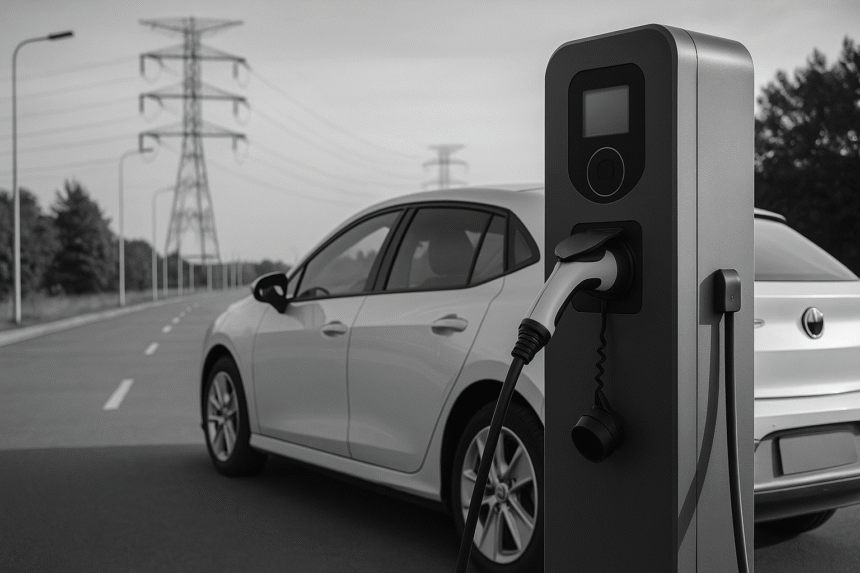Technical Design and Load Planning
The foundation of a successful EV charging station lies in its technical design and load planning. Key considerations include:
-
Site Selection: Choose locations with high visibility and accessibility, such as shopping centers, office complexes, or highway rest stops.
-
Electrical Load Assessment: Evaluate the existing electrical infrastructure to determine if upgrades are necessary to support the additional load from EV chargers.
-
Charger Type Determination: Decide between Level 2 (AC) chargers for longer parking durations or DC fast chargers for quick top-ups, based on anticipated user needs.
-
Future-Proofing: Design the infrastructure to accommodate future expansions or technological advancements.
Equipment Sourcing
Selecting the right equipment is crucial for operational efficiency and user satisfaction. Consider the following:
-
Charger Compatibility: Ensure chargers are compatible with various EV models and adhere to international standards like CCS or CHAdeMO.
-
Smart Features: Opt for chargers with smart capabilities, such as remote monitoring, user authentication, and dynamic load management.
-
Vendor Reliability: Partner with reputable manufacturers known for quality and after-sales support.
-
Warranty and Support: Assess warranty terms and the availability of technical support to minimize downtime.
Safety Compliance and Testing
Adhering to safety standards ensures the protection of users and equipment. Key steps include:
-
Regulatory Compliance: Familiarize yourself with local and international regulations governing EV charging stations.
-
Installation Standards: Follow best practices for electrical installations, including proper grounding and surge protection.
-
Testing Procedures: Conduct thorough testing of all equipment before commissioning, including load tests and fault simulations.
-
Regular Maintenance: Implement a maintenance schedule to routinely inspect and service equipment, ensuring ongoing safety and reliability.
Timeline from Concept to Commissioning
A structured timeline facilitates efficient project execution
-
Planning Phase (1-2 months):
-
Conduct feasibility studies and site assessments.
-
Obtain necessary permits and approvals.
-
-
Design Phase (1 month):
-
Develop detailed engineering plans.
-
Finalize equipment specifications and procurement lists.
-
-
Procurement and Installation (2-3 months):
-
Order and receive equipment.
-
Carry out civil works and electrical installations.
-
-
Testing and Commissioning (1 month):
-
Perform comprehensive testing of all systems.
-
Train staff and establish operational protocols.
-
-
Launch and Monitoring (Ongoing):
-
Officially open the station to the public.
-
Monitor performance and user feedback for continuous improvement.
-
Conclusion
Establishing an EV charging station is a multifaceted endeavor that requires careful planning, quality equipment, and strict adherence to safety standards. By following this structured approach, stakeholders can ensure the successful deployment and operation of EV charging infrastructure, contributing to the broader adoption of electric vehicles.



Leave a Reply